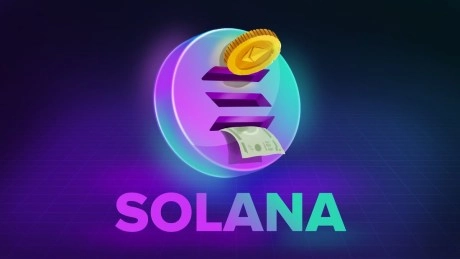Key Takeaways:
- Quantum Threat to Early Bitcoin Transactions : The 1 million Bitcoins associated with Satoshi Nakamoto are particularly vulnerable due to the Pay-to-Public-Key (P2PK) format, which exposes public keys and could be exploited by advanced quantum computers.
- Freezing Bitcoin Sparks Debate : Proposals to freeze Satoshi’s Bitcoins to prevent exploitation are contentious, as they challenge Bitcoin’s principle of immutability and decentralization, potentially setting a dangerous precedent.
- Preparing for Quantum Advancement : The rapid progress in quantum computing necessitates proactive measures, such as developing post-quantum cryptography and upgrading Bitcoin’s security infrastructure, to safeguard the cryptocurrency ecosystem.
The Vulnerability of Early Bitcoin Transactions
Quantum computing has introduced some security vulnerabilities to Bitcoin, particularly for the 1 million Bitcoins believed to be owned by Satoshi Nakamoto, due to the use of the Pay-to-Public-Key transaction format in early Bitcoin transactions. Unlike in the modern format, the Pay-to-Public-Key-Hash, when using P2PK, the public key is exposed on the blockchain. That is to say, theoretically, a sufficiently powerful quantum computer could work out the private key from the public key and, therefore, access and spend such Bitcoins. Emin Gün Sirer, founder and CEO of Ava Labs, was one of the first to raise this vulnerability .
Freezing Satoshi’s 1 Million Bitcoins: Solution or Challenge?
Some even go as far as to propose freezing those Bitcoins so they cannot be exploited anymore. It would be changing Bitcoin’s consensus rules in such a way that certain P2PK vulnerable UTXOs (Unspent Transaction Outputs) can no longer be spent. It requires huge community consensus, though—something that has often turned out to be very tough for Bitcoin.

Satoshi Nakamoto
Of course, such an act would require an implementation through Bitcoin Improvement Proposal, clearly defining UTXOs with the exact vulnerability of P2PKs and gaining public consensus. Freezing can also be done by a non-mandatory soft fork (an all-node software upgrade) or a more complex hard fork (an actual migration to an entirely new chain version). Either of these pathways would potentially lead to an extremely contentious and divisive development within the community.
More News: The Evolution of Bitcoin: A Journey Through its History
Results of Freezing
Freezing Satoshi’s Bitcoins would be a severe violation of the immutability aspect of Bitcoin. It was designed to have an immutable ledger wherein no man, group of people, or entity can alter network history. Intervening to change old transactions would set a very dangerous precedent and could undermine the decentralization and trust of Bitcoin.
Some would counter that Satoshi’s 1 million Bitcoins is a special case, not to be compared with all others, due to the vulnerability and market impact. The debate is complex, and no easy answers exist.
Advantages of Freezing
- Preventing the loss of 1 million Bitcoins.
- Ensures the security integrity of the Bitcoin ecosystem.
Disadvantages of Freezing
- Violates Bitcoin’s principle of immutability.
- Could undermine decentralization of Bitcoin.
- It would set a bad precedent by opening the door to similar interventions in the future.
- Difficult to achieve widespread community consensus.
The Rate of Development of Quantum Computing and Its Impact on Bitcoin
Google’s release of the Willow quantum chip raised more concerns about how the development of quantum technology was gaining speed. Even now, quantum computing is nowhere near being powerful enough to break into the encryption algorithms of Bitcoin. However, the rate at which this form of computing is improving is considered a great potential threat.
Most experts say that to break both of Bitcoin’s encryption algorithms, ECDSA 256 and SHA-256, a quantum computer would have to be in the millions of qubits—something Willow has not accomplished. But none can be absolutely sure when this will be on par with that capability. Some say it could be within 5-10 years, and that’s a reality.
For example, some members of the cryptocurrency community have raised red flags that, if quantum computers become powerful enough, they might break the encryption of Bitcoin wallets and transactions, which would put trillions of dollars in cryptocurrency assets at risk. This is quite a grim scenario that the Bitcoin community should timely prepare preventative measures for.




